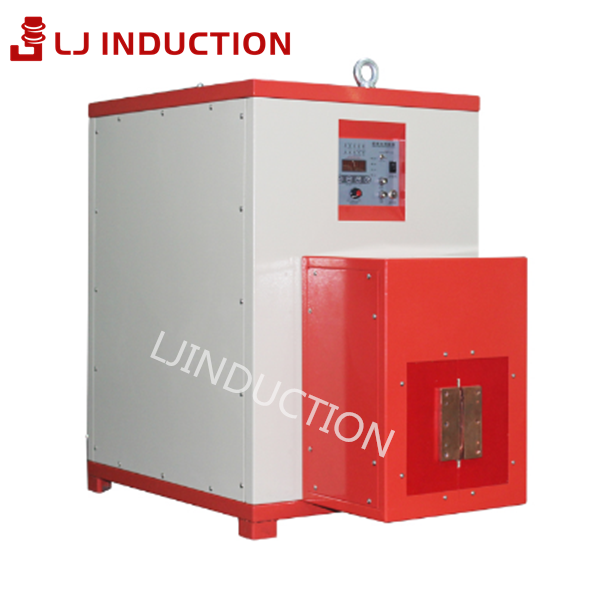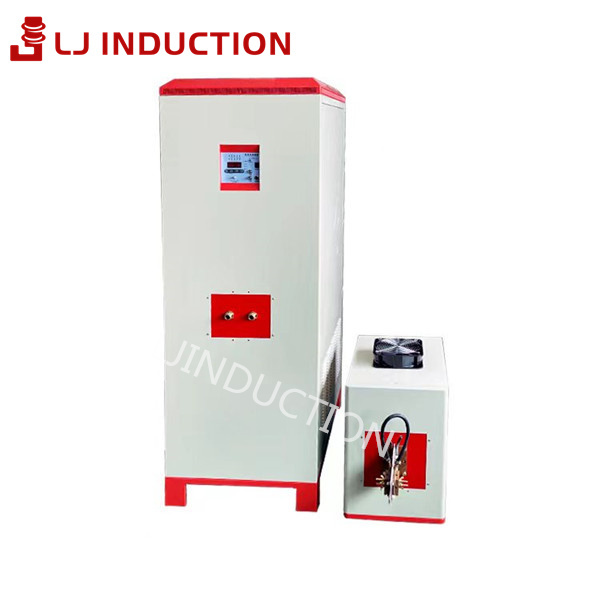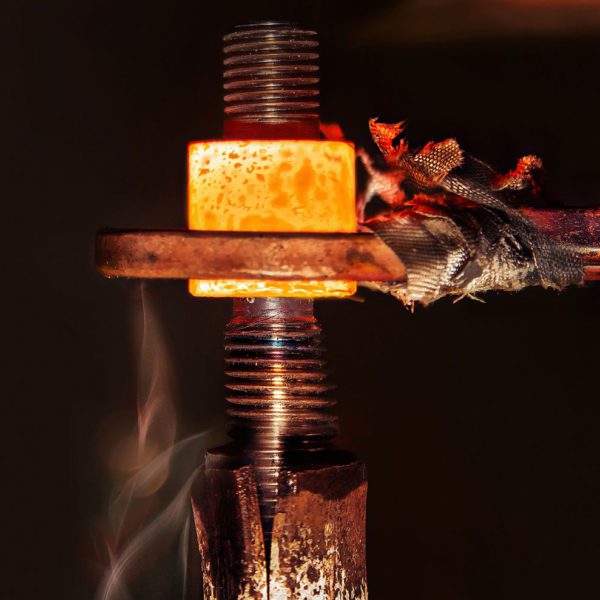What is induction shrink fitting?
Induction shrink fitting is a precise and efficient method for assembling or disassembling metal components using controlled thermal expansion. By heating one part (typically an outer ring or housing) with induction, it expands enough to fit over another part (such as a shaft or insert). As the heated component cools, it contracts and forms a tight, interference-fit connection—without the need for force or fasteners.
Induction shrink fitting is widely used in applications such as mounting gears, bearings, rotors, shafts, bushings, and turbine components. It ensures high-strength joints with excellent concentricity and minimal mechanical stress.
Unlike open flame or oven methods, induction shrink fitting provides fast, localized, and repeatable heating—making it ideal for automated or precision-driven environments.
At LJINDUCTION, we offer customized induction shrink fitting systems that are engineered for safety, accuracy, and high productivity. Whether used in workshop assembly lines or heavy industrial maintenance, our systems can be tailored for vertical or horizontal orientation, manual or robotic operation.
Benefits of Induction Shrink Fitting
Induction shrink fitting delivers significant advantages over traditional heating methods, especially when precision, speed, and safety are essential.
Induction shrink fitting enables rapid, uniform heating of only the necessary surface area. This minimizes energy consumption, reduces component oxidation, and eliminates the need to heat an entire part or work zone.
The process is fully controlled and programmable, allowing for consistent, repeatable results that meet engineering tolerances. Unlike mechanical press-fitting, it reduces the risk of damaging precision-machined surfaces or introducing stress-related defects.
LJINDUCTION’s shrink fitting systems can be seamlessly integrated into production lines or used as portable field solutions. With intelligent temperature control and real-time monitoring, operators can ensure the correct expansion and positioning of components every time.
Induction is also a safer alternative. It eliminates open flames, reduces ambient heat, and creates a quieter, cleaner working environment. In industries such as aerospace, rail, automotive, and power generation, these safety and quality gains are critical.
Additionally, induction shrink fitting is ideal for reversible assemblies. The same process used to install a part can be used in reverse to remove it—making repair and maintenance faster and less invasive.
LJINDUCTION provides both turnkey systems and modular shrink fitting solutions backed by engineering support, helping manufacturers optimize uptime, accuracy, and equipment lifespan.
Examples

Brass Metal

Brass Metal

Brass Metal

Brass Metal

Brass Metal

Brass Metal

Brass Metal

Brass Metal

Brass Metal

Brass Metal

Brass Metal

Brass Metal
Popular Machine in Induction Shrink Fitting
60KW 400khz induction heating machine
-
Day Rate
$100.00Original price was: $100.00.$80.00Current price is: $80.00.
60KW 120khz induction heating machine
-
Day Rate
$100.00Original price was: $100.00.$80.00Current price is: $80.00.
80KW 100kw 160kw 400khz induction heating machine
-
Day Rate
$100.00Original price was: $100.00.$80.00Current price is: $80.00.
News about Induction Shrink Fitting
 Induction Heating Tech
Induction Heating Tech Understanding How Frequency Affects Induction Heating
Deprecated: preg_replace(): Passing null to parameter #3 ($subject) of type array|string is deprecated in /home/u872448966/domains/inductionheatmachine.com/public_html/wp-includes/kses.php on line 1805
Benefit of using induction heating
All LJinduction heating machine
Request Evaluation of your heating requirement
Request Info
About Company






